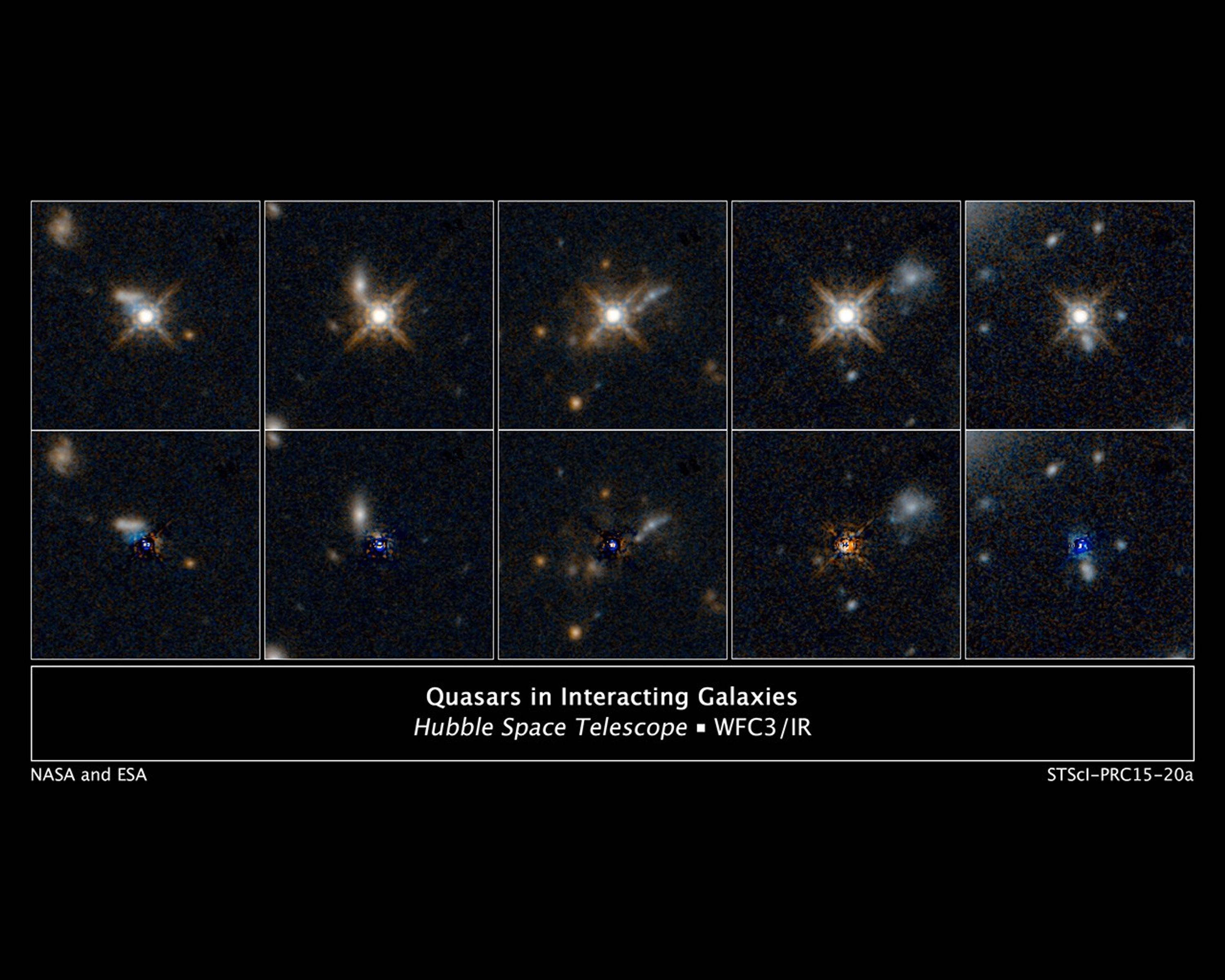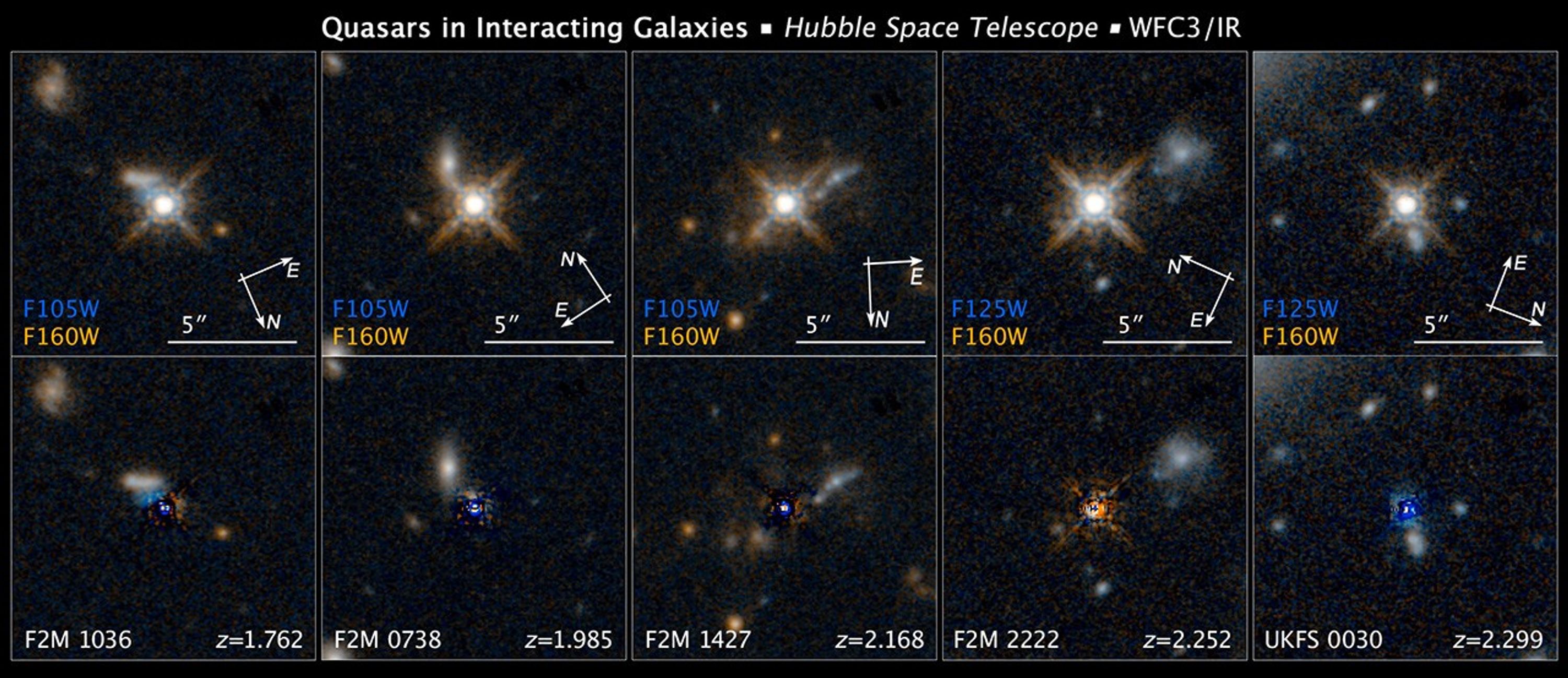1 min read
QSO UKFS 0030 HST Image

About the Object
- R.A. PositionR.A. PositionRight ascension – analogous to longitude – is one component of an object's position.00h 30m 4.96s
- Dec. PositionDec. PositionDeclination – analogous to latitude – is one component of an object's position.00° 25' 1.41"
- DistanceDistanceThe physical distance from Earth to the astronomical object. Distances within our solar system are usually measured in Astronomical Units (AU). Distances between stars are usually measured in light-years. Interstellar distances can also be measured in parsecs.Redshift: 2.299
About the Data
- Data DescriptionData DescriptionProposal: A description of the observations, their scientific justification, and the links to the data available in the science archive.
Science Team: The astronomers who planned the observations and analyzed the data. "PI" refers to the Principal Investigator.Data were obtained from the HST proposals 12942, PI: E. Glikman (Middlebury College) et al. The science team comprises:T E. Glikman (Middlebury College), B. Simmons (University of Oxford), M. Mailly (Middlebury College), K. Schawinski (Institute for Astronomy, ETH Zurich), C.M. Urry (Yale University), and M. Lacy (NRAO Charlottesville). - InstrumentInstrumentThe science instrument used to produce the data.HST>WFC3/IR
- FiltersFiltersThe camera filters that were used in the science observations.F125W (J) and F160W (H)
- Object NameObject NameA name or catalog number that astronomers use to identify an astronomical object.UKFS 0030
- Object DescriptionObject DescriptionThe type of astronomical object.Dust-Reddened Quasars
- Release DateJune 18, 2015
- Science ReleaseHubble Sees the ‘Teenage Years’ of Quasars
- Credit

This image is a composite of separate exposures acquired by the WFC3 instruments on the Hubble Space Telescope. Several filters were used to sample broad wavelength ranges. The color results from assigning different hues (colors) to each monochromatic (grayscale) image associated with an individual filter. In this case, the assigned colors are: Blue: F125W (J) Orange: F160W (H)

Related Images & Videos

Quasars in Interacting Galaxies
[Top Row] This is a selection of photos from a Hubble Space Telescope survey of 11 ultra-bright quasars that existed at the peak of the universe's star-formation era, which was 12 billion years ago. The quasars (powered by supermassive black holes) are so compact and bright they...
Share
Details
Claire Andreoli
NASA’s Goddard Space Flight Center
Greenbelt, Maryland
claire.andreoli@nasa.gov








































